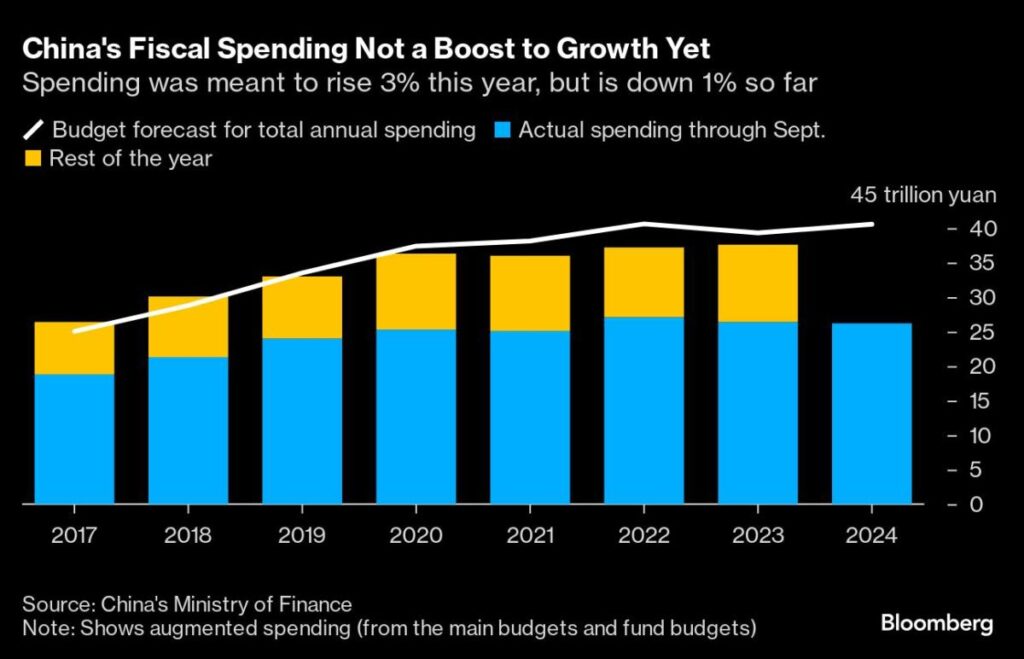In October 2023, U.S. inflation exhibited a steady trend, indicating that price pressures are not easing uniformly as the Federal Reserve (Fed) aims for its inflation target. The anticipated release of the core consumer price index (CPI), which excludes food and energy prices, suggests that inflation rates for both monthly and annual perspectives will remain consistent with September figures. Specifically, the overall CPI is expected to witness a 0.2% increase for the fourth consecutive month, while the year-over-year metric is projected to show an uptick for the first time since March. Economists from Wells Fargo, Sarah House and Aubrey Woessner, remarked that the path toward stabilizing inflation will likely be challenging in the final stretch and noted that the unwinding of pandemic-induced price discrepancies has been slower than anticipated.
Moreover, weaknesses have been observed in core goods pricing, attributed to rising demands for cars and auto parts due to disruptions from hurricanes and increased temporary accommodation needs, alongside a continued gradual decline in service prices. Bloomberg Economics theorized that both the CPI and Producer Price Index (PPI) are likely to report high figures, which will exert upward pressure on long-term interest rates. This situation could further suppress the economic activity over the upcoming months, potentially leading to a deceleration in retail sales and a rise in unemployment rates, which are expected to reach 4.5% by the end of the year.
Fed Chair Jerome Powell acknowledged the challenges ahead, remarking that even if one or two negative reports may momentarily sway the perspective on inflation, the overarching trend remains consistent: inflation is gradually decreasing, albeit at an uneven pace. His statements came shortly after the Fed implemented a quarter-point interest rate cut. Meanwhile, wholesale inflation figures are poised for release, likely capturing a rebound after leveling off in September, alongside anticipated healthy retail sales due to earnings growth outpacing inflation.
In parallel, Canada’s housing market is on the watch as its home sales data for October will elucidate the impact of recent rate cuts by the central bank aimed at stimulating sluggish home sales. North American economic observers are also preparing for a tide of data emerging from other regions, particularly from China, which is expected to show modest improvements in its economic indicators, including industrial output, fixed asset investment, and retail sales in response to previous stimulus efforts.
Across the globe, various countries are releasing a multitude of economic indicators. In the UK, following a recent Bank of England rate cut, wage growth numbers will likely show some deceleration, with forecasts indicating economic growth weakens to 0.2% for the third quarter. Meanwhile, the eurozone grapples with industrial production numbers and investor sentiment indices, reflecting ongoing struggles within its largest economies. The European Central Bank (ECB) will also release minutes from its previous meeting, which may hint at future monetary policy directions.
Finally, in Latin America, a mixed bag of economic signals is emerging. Argentina’s inflation could showcase a decline to a three-year low for October, contrasting with Brazil’s central bank’s hawkish stance hinted in its upcoming meeting minutes. In Peru, indicators are expected to reflect a rebound from last year’s recession, while Mexico’s central bank will be evaluating its rate-setting strategies amidst persisting inflationary pressures. As these countries navigate through their economic landscapes, developments in central bank policies will remain crucial for investors and market analysts worldwide.

